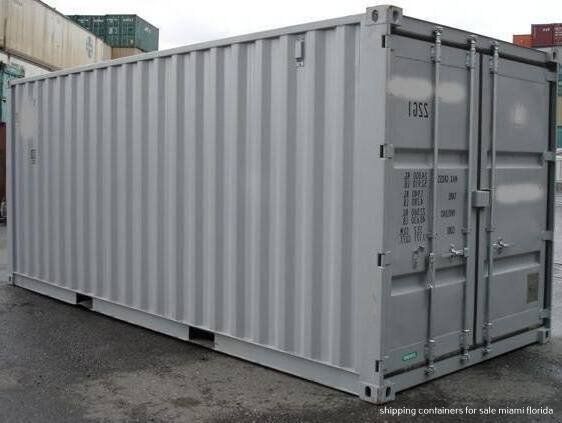Are Shipping Containers Airtight?
This article was originally posted on: https://www.floridashippingcontainersco.com/are-shipping-containers-airtight
An airtight shipping container: is it possible?
Shipping or storage containers are trusted boxes in terms of transferring valuable things to different places. You will be secure that any goods that are inside of it won’t be stolen or be damaged no matter what the weather condition will be because it is made in “corten steel” also known as weathering steel - a special high-quality type of steel that is also known for its strength, practicality, durability, and aesthetic characteristics.
The shipping container has its different contributions and usage in different industries. It serves as a mobile office to some, a simple restaurant for some innovative entrepreneurs, a storage of goods or valuable things for different sectors, or just a hiding place in case of emergency or a storm shelter for some homeowners.
Are shipping containers airtight?
Shipping containers are not airtight. All standard storage containers have small square vents that are about 1-inch in size on the top rails, but all sides of it are insulated with adhesive and rubber seal so that air can’t easily flow in. And for those used containers, you will see some minor damage and that makes a bit of airflow inside it. But of course, the door is securely sealed to prevent any water to comes inside the storage.
But there are some containers that are designed to have holes that allow proper air circulation, and it is intended for live animal cargo. It should be specially designed because a standard shipping container can not give sufficient ventilation for a living creature to breathe inside it.
How do we make a shipping container airtight? There are many ways in making a shipping container airtight, here are some of them:
- Use a food sealer to seal around the edges.
- Use plastic wrap on the top of the container and secure it using an elastic band.
- Use a rubber gasket or O-ring, place it around the perimeter of the lid and then screw tight the lid. And to be more securely sealed, before screwing the lid, have a layer of silicone caulk around the edge of it.
- Use a plumber’s putty to seal the container. Put a small amount of this clay-like putty and press it around the edge of the lid then screw tight the lid.

